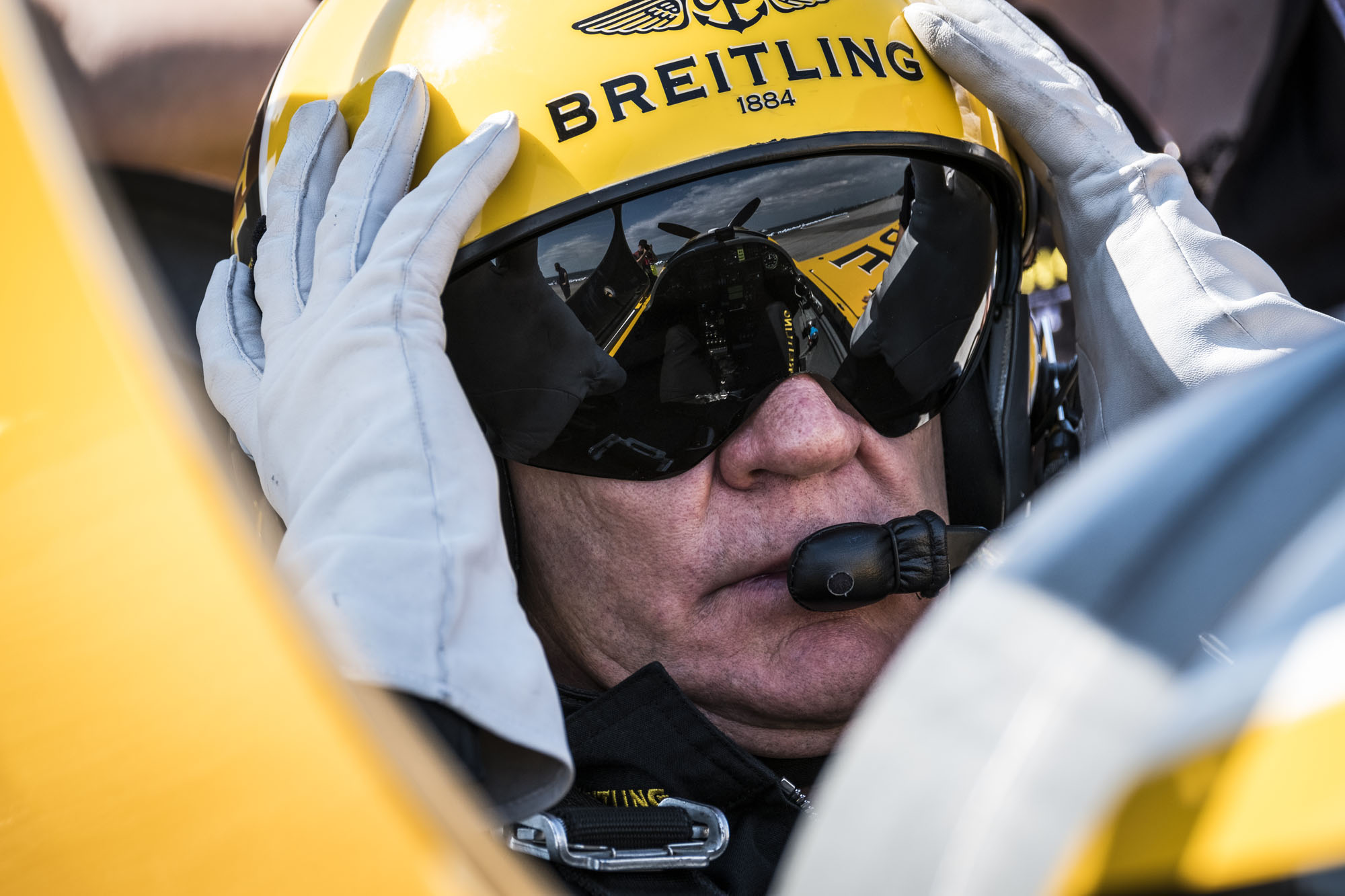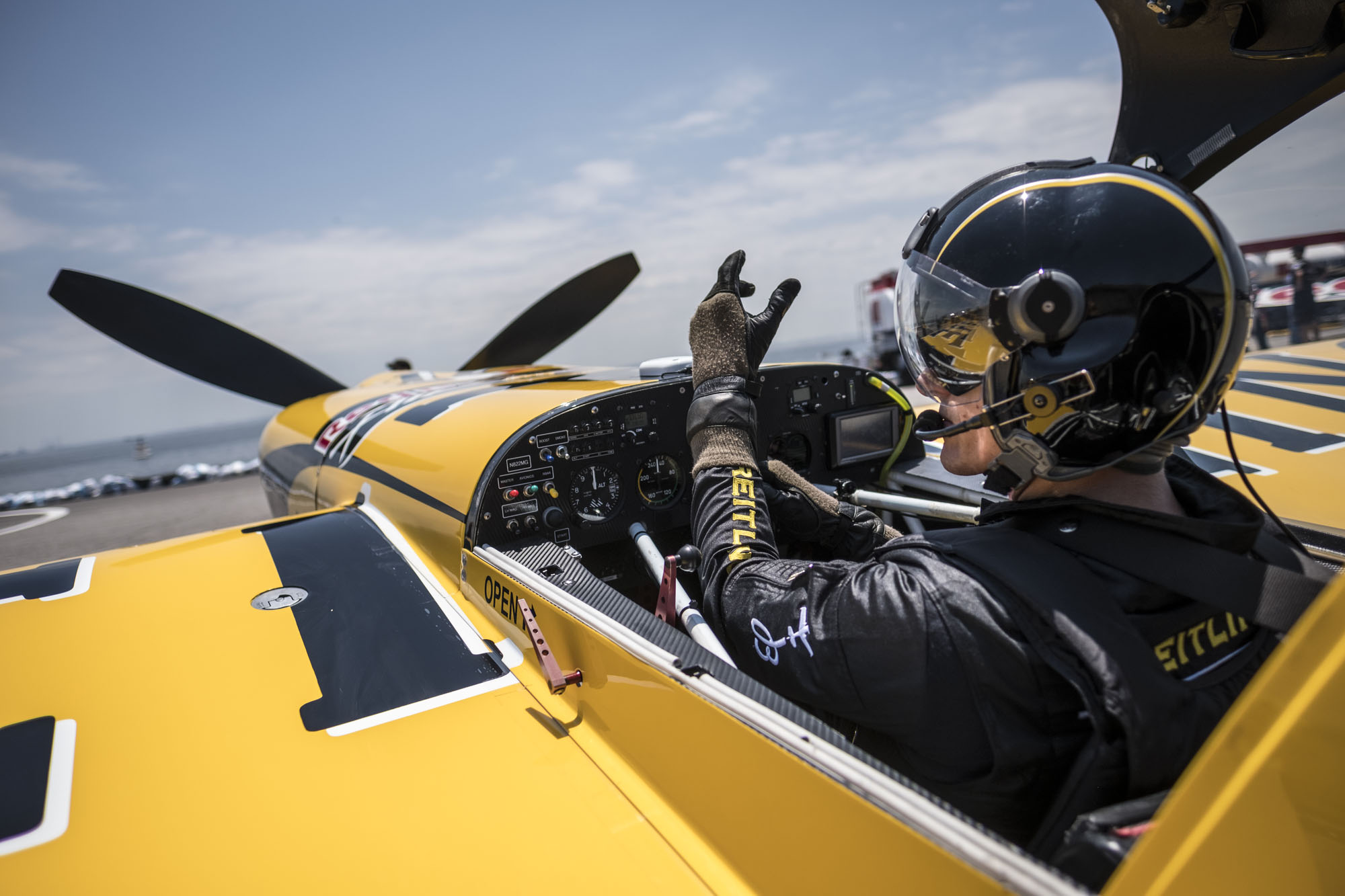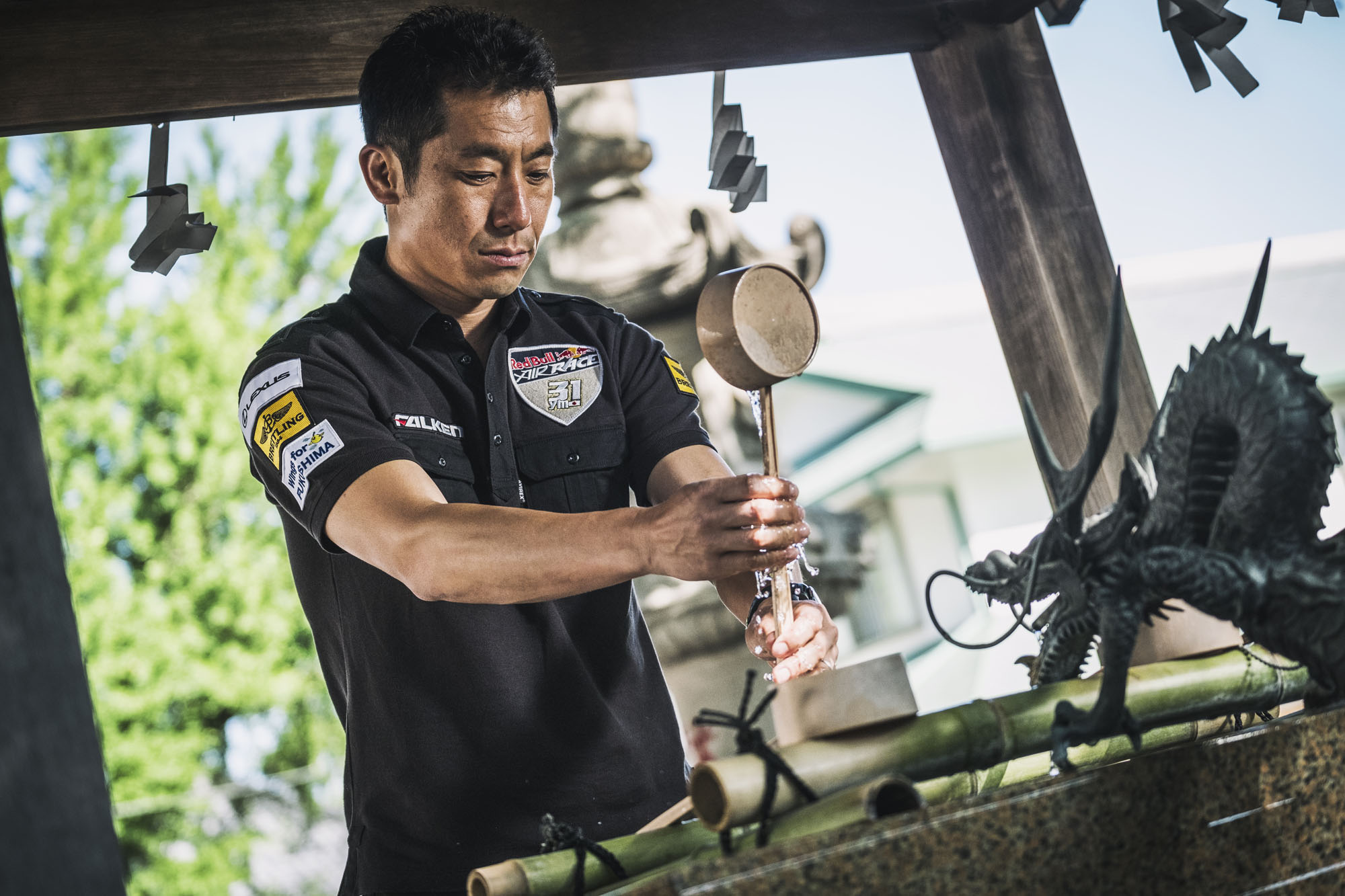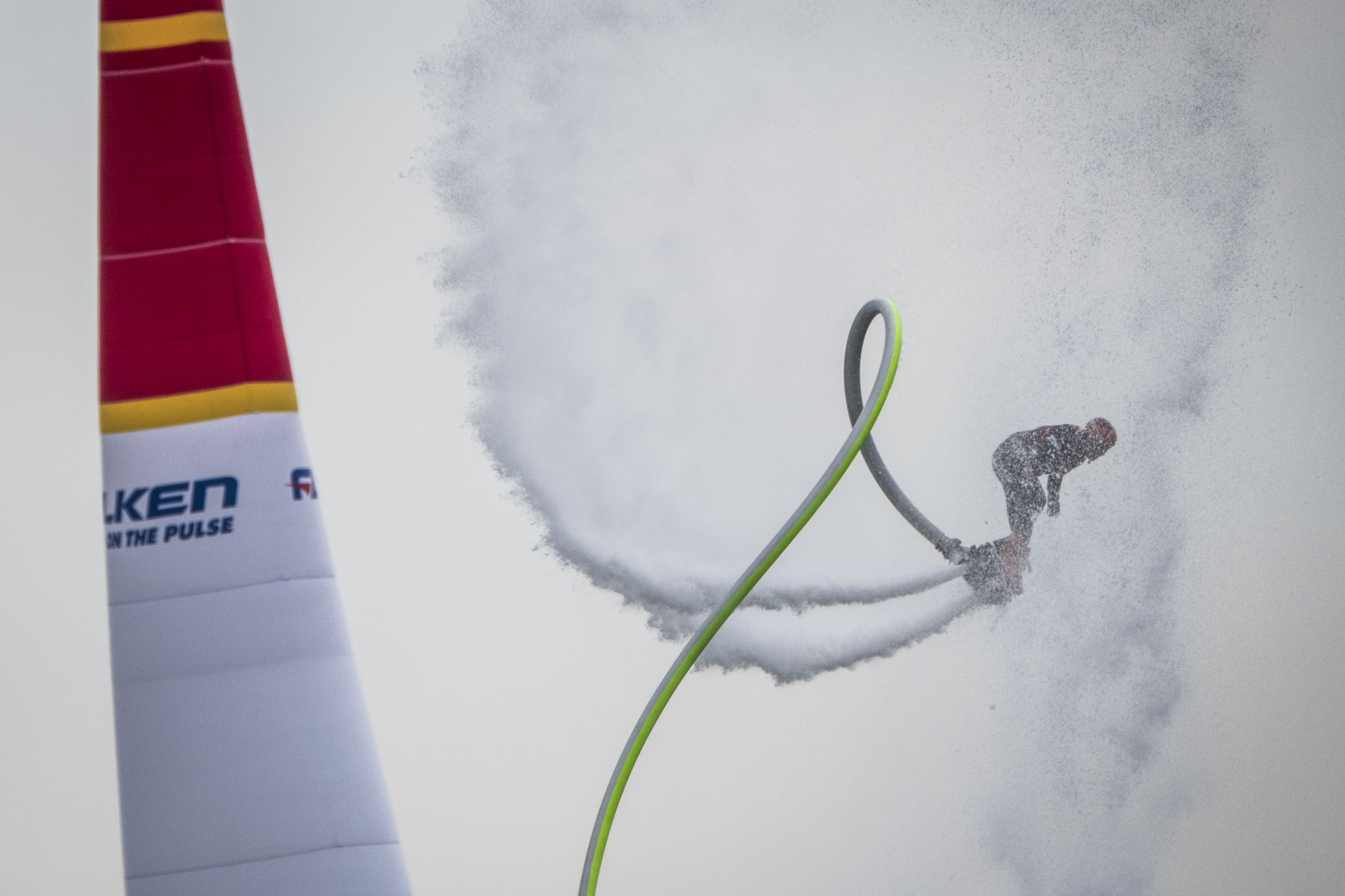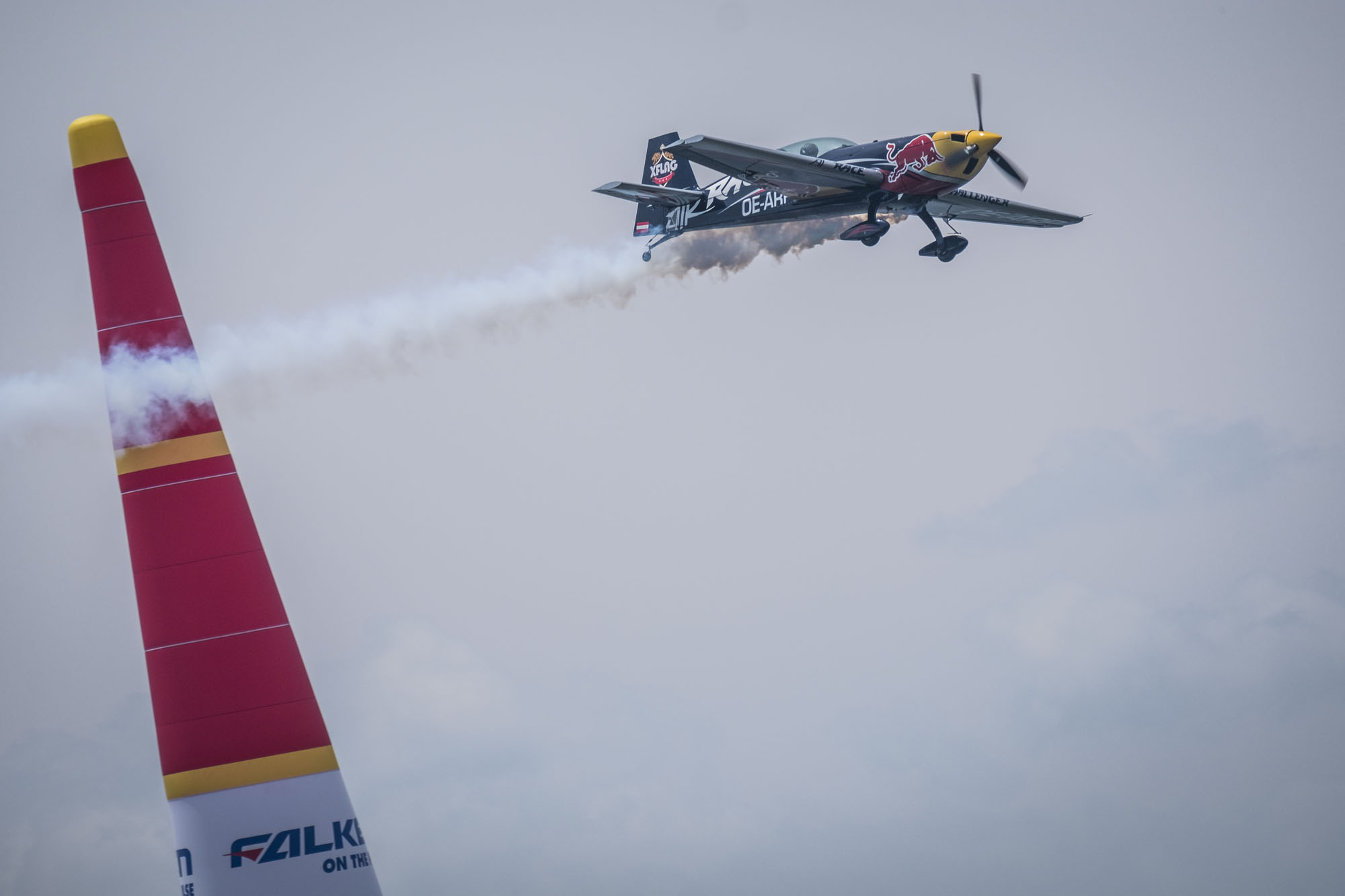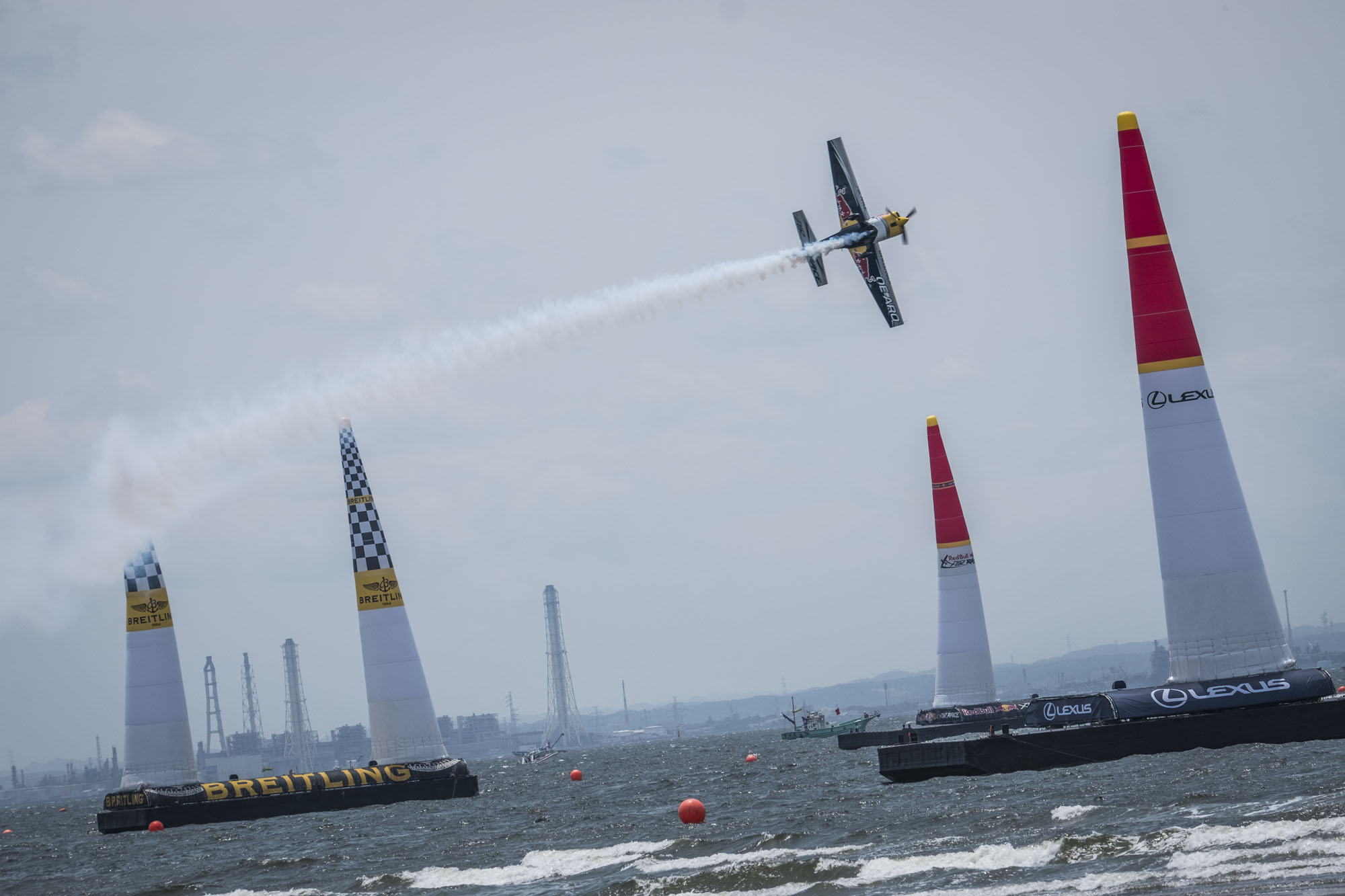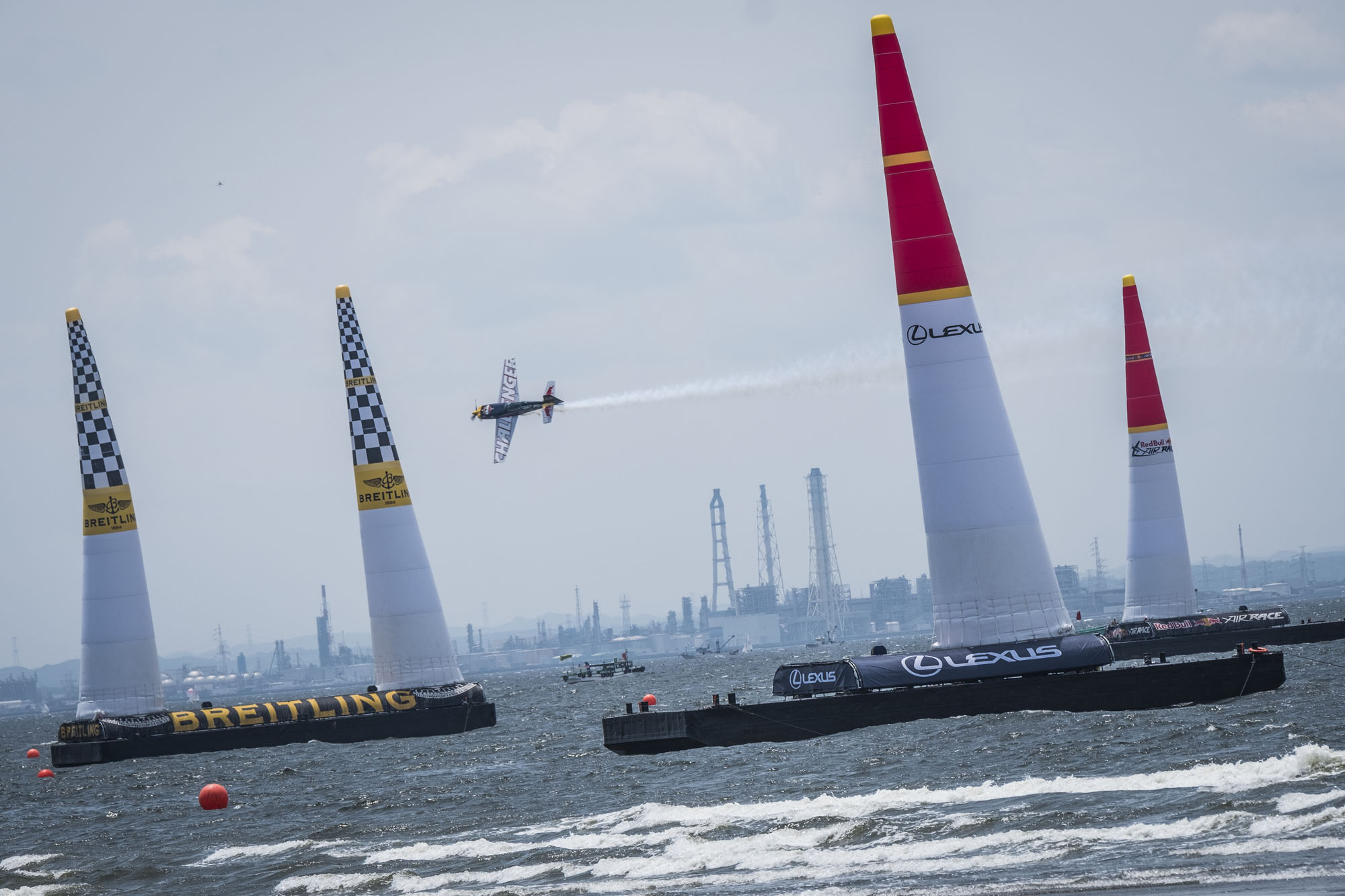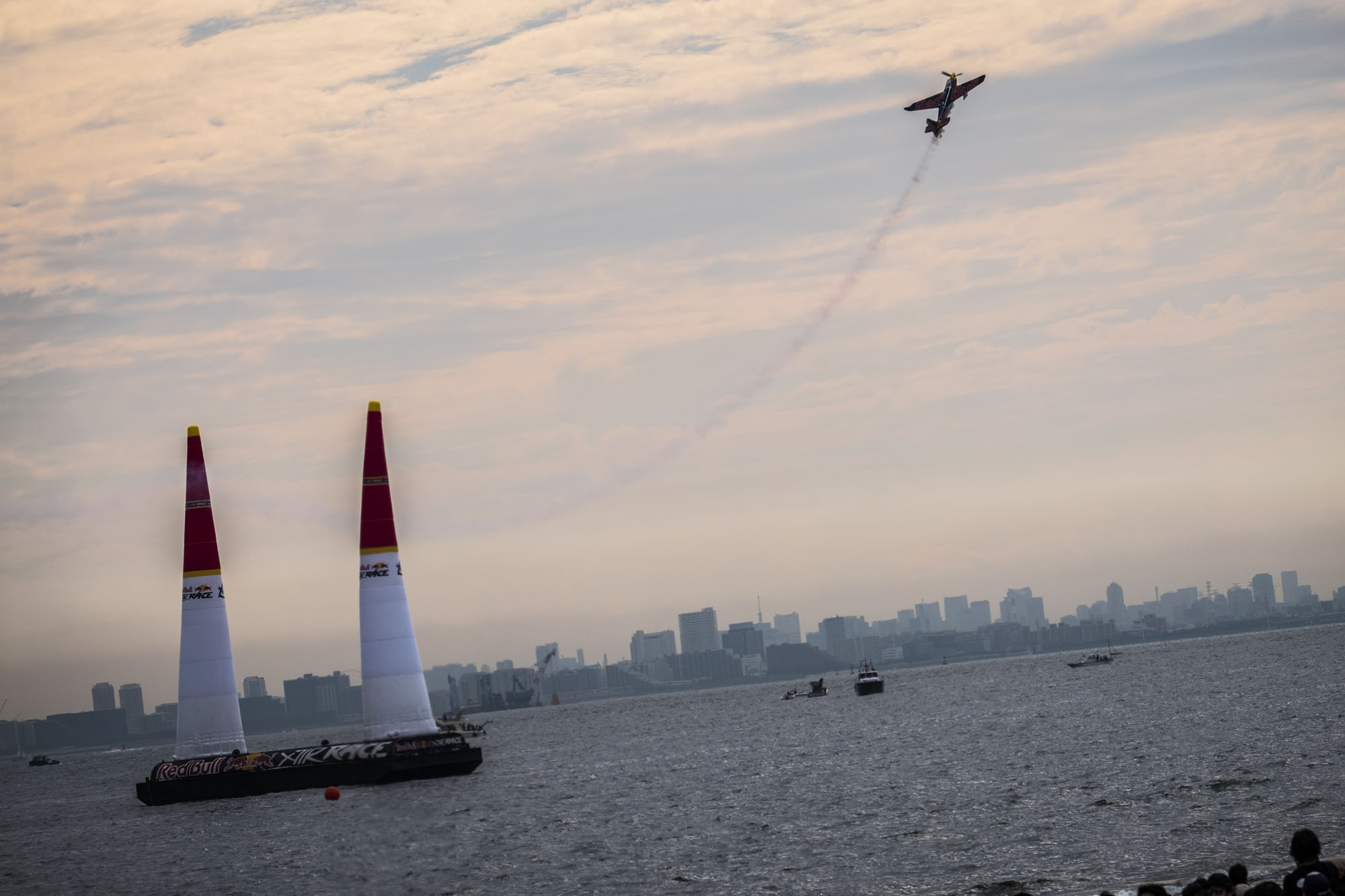
Jason Halayko in Red Bull Air Race Pt.2
Called the “F1 of the sky” the Red Bull Air Race is one of this year’s pinnacle sporting events held in Japan. This was my second time shooting the Red Bull Air Race, as I also shot it last year, so I feel like I was much more prepared mentally and had a better understanding of what I would need equipment wise as well.
The Red Bull Air Race is a race series held at various cities around the world, with most of the essential staff traveling with the series from location to location. This goes the same for the core photography team. There is a team of 3-4 photographers who shoot all the Red Bull Air Race events, and it was my job to work with these professional photographers, and fill in any needs or requests they needed. This can be quite challenging, but it is always a great opportunity to see how other professionals work and create amazing images.
In total I was working 5 days with the Red Bull Air Race, but these days were split into roughly two locations. For the first 3 days I was located at what is called the “airport”. This is where all of the pilots and their planes are located during the entirely of the event. The last two days, the main days of the event, I was positioned at the main viewing area in Makuhari.
During the 3 days at the airport I was asked to photograph the pilots and their crews, both in their hangers and as they flew off for test flights. For these days I was using my Nikon D4s and FujiFilm X-Pro2 together. I never really used two cameras during this kind of a shoot before, as I don’t like to be weighted down by too much equipment, but thanks to the X-Pro2s light weight I really didn’t even notice a difference. As the shooting days were very long, this was a great bonus to using the X-Pro2.
On the 3rd day of shooting at the airport I was asked to help out getting images of the pilots getting into their planes and flying off to practice. This area is very restricted so I felt very honoured to be allowed to enter it and shoot photos. Here I was again using both the D4s and the X-Pro2 as I didn’t have much time to shoot each pilot. I used a variety of lenses during this day of shooting, and all the pilots were super cool with me being around their planes, but at times I could tell some of the pilots didn’t really want me in their faces with a super wide lens. The last thing I want to do is disturb the pilots before they head out on their practice run, so for most of the afternoon, when tensions were getting higher, I decided to use the FujiFilm XF100-400mm. This range was perfect for getting some really up-close photos of the pilots faces while they sat in their cockpits getting ready to fly. Also, by shooting with such a long lens I was able to stay at a distance where I was sure the pilots were not concerned with me, and thus get photos of their true pre-flight faces. An interesting bonus of doing this was it seemed several pilots noticed what I was trying to do, and actually gave me some very nice smiles, and one pilot even tossed up a peace sign.
After looking at the images I shot with the XF100-400 I was quite happy with the quality, and found these images even had a bit more sharpness than the images I took with the Nikon D4s/70-200mm combination I usually would have used. Also, as I already said, the X-Pro2 is very light, even with the XF100-400 lens on it, so I was not nearly as tired as I would have expected at the end of the long day.
One side project I had during these 3 days was to accompany a film crew as they made a short video of Japanese pilot Yoshihide Muroya visiting a local shrine. As there was very little time to shoot both film and stills there were many times I had to try and shoot photos at the same time the film crew was shooting video. At these times sound is a major concern for the film crew and the shutter on my Nikon D4s is generally too loud for these delicate situations. I can make the D4s quieter to a point, but the X-Pro2’s shutter is so much quieter. So much quieter in fact I was able to get many great shots without the sound guy even noticing. In the end this really helped the whole shoot flow well and even end (about) on time.
The last two days of the shoot had me in the main viewing area in Hakuhari. My main tasks here were to document the various side acts, get photos of the cheering crowd, and action images of the planes, of course. Unfortunately, on the Saturday there were very high winds which caused qualification runs to be cancelled so I wasn’t able to get many plane shots that day. I did have lots of chances to shoot the side acts though, which was a lot of fun. The side acts consisted of parkour, FMX, flatland BMX, breakdancing, double dutch, etc. and were not as nearly as affected by the wind. For the majority of the side acts I decided to use my D4s because the internal buffer of the camera and memory cards I have for the D4s are much faster than the X-Pro2. Yes I could buy faster cards of the X-Pro2, but even then I think the buffer of the D4s and the XQR cards I use would still be faster and allow me to shoot more images without the camera stalling up. For things like breakdance and flatland BMX especially the movement is incredibly fast and timing can be very challenging, so I always take a lot of photos during these performances. Having to wait for my camera to write images to the card is not an option, so I am still more comfortable using the D4s in these situations.
On my last day of shooting I had a variety of things to shoot throughout the morning, but in the afternoon I was finally able to shoot the planes as they raced through the course. I was asked to shoot from the beach so the main kinds of images I took were wider shots of the course with the plane flying through it, with people in the foreground. Here I really used the XF100-400 a lot as it gave me a good focal range, and let me get quite close to the action. Using the pre-focus method I mentioned in my previous article I was able to frame up the image as I wanted, then blast several images as the plane came through my shot. For these the X-Pro2 buffer/card was fine as I was only shooting 3-4 images at a time, not the 10-20 I shoot during breakdancing. The only issue I had at this point was when walking around the beach the dials on the top of X-Pro2 would sometimes move from rubbing against my hip. Changing them back took only a second, but in some fast situations even one second might be too long. Making these dials a little stiffer might be a good improvement in future models.
All in all I must say I really enjoyed using the X-Pro2 during the Red Bull Air Race and feel it was a good addition to my kit. The lightness and quietness of the X-Pro2 alone make it a camera I want to keep in my bag, and the end quality of the images really helps when considering using it on a major shoot like the Red Bull Air Race. Of course it’s not 100 perfect, but having both my Nikon DSLR and X-Pro2 helped me take many photos that I couldn’t have before. The X-Pro2 is certainly a very capable and handy camera that I look forward to using in a variety of shoots in the future.
Continue to read Part 1:

















































